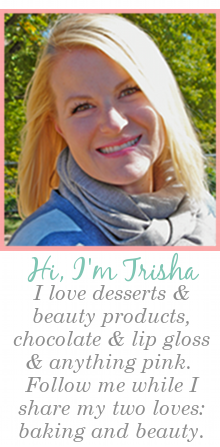Zit. Pimple. Blemish.
Acne. No one wants them, and if you’ve got one you certainly don’t want to be
reminded of it. It's along the same lines of someone saying "you look tired"... these passive aggressive comments just aren't needed.
Practically every skincare
company makes a spot treatment for people with either full-blown-all-over-the-face
whiteheads (aka pustules), blackheads, acne for aging skin, acne for teens,
hormonal acne, stress acne, etc. Each spot treatment has a different ingredient and it can be
confusing trying to figure out which ingredient will work for you and why.
Even if you only get an
occasional breakout, you should own a spot treatment. Think of it as having
band-aids. No one wants to go to the drugstore while they’re bleeding to buy
band-aids. Just like no one wants to go to the store with a mountainous pimple
on their face trying to buy a spot treatment. ‘Cause let me tell you, if it’s
already the size of Kilimanjaro, you’ve got a lot of damage control.
I’m going to break down
some of the most popular acne-fighting ingredients in spot treatments and show
you a few products that might be just right for you.
Salicylic Acid- derived for Aspirin and is considered a beta hydroxy, or BHA. This ingredient will go down into the pore and push everything out (which is why sometimes it looks worse, before it gets better). 2% is the max OTC amount.
 |
| via |
 |
| via |
Salicylic Acid- derived for Aspirin and is considered a beta hydroxy, or BHA. This ingredient will go down into the pore and push everything out (which is why sometimes it looks worse, before it gets better). 2% is the max OTC amount.
 |
| via |
 |
| via |
Benzoyl Peroxide- an antimicrobial/antibacterial that will kill the bacteria in the pore that causes the inflammation. If used too much then the skin can become dry and cracked (sometimes looking worse than the blemish). 10% is the max OTC amount, but 5% is better. It can cause “bleaching” to clothes so I usually advise clients to use a white pillow case and not wear pajama’s that they care about, if they’re putting it on their body.
 |
| via |
 |
| via |
Sulfur- this is a drying ingredient (and slightly smelly) and dries out the oil. This will also dry the living daylights out of the blemish and your skin, if overused. I believe 10% is the max OTC amount but typically 3-5% is common.
Retin-A (trentinoin)- (a prescription). This takes the most time to see results but is better for someone who suffers from blackheads and all-over acne. Retin-A (a retinol) rapidly overturns skin cells, helping to clear the clogged pore and rid the skin of that annoying acne staining. Acne staining is hyper-pigmentation that is left when the actual blemish is gone, but you’re left with a mark, or a stain. It does go away on its own, but it feels like it takes forever to go away naturally. Another perk with Retin-A? It’s one of the best anti-wrinkle products making it perfect for the person with adult acne.
How about a natural spot
treatment, you ask? Do you need a natural spot treatment? If you are pregnant/breast feeding or have sensitive skin that irritates easily then you should use a natural spot treatment. They're just as effective but can take a little longer to see results.
As with any of these
ingredients, less is more. Don’t attack your face like a military general
preparing for war. Follow the directions on the label and only put the product where you have the blemish. These are
spot treatments, after all.
Personally I’ve had good
luck with products containing benzoyl peroxide- like the DDF one. I do like a salicylic for my
body though. But that’s just me. Sometimes you need to try a few brands with
different ingredients in order to find the right fit. Also keep in mind that
every brand and product will have its own proprietary blend. Basically what I’m
saying is, you’re going to have to try on a few pair of shoes before you find
your Prince Charming.
Do you use a spot
treatment? If so, what's your favorite?




















Very informative and funny!
ReplyDeleteThanks, glad you liked it!
DeleteGreat article! I agree...love benzoyl for the face...in the tx room I use tea tree for facials and incorporated into masks. Xo
ReplyDeleteThanks Dena! Tea tree is fantastic in facials- what mask do you use, or do you use the oil and mix it into the mask?
DeleteThis comment has been removed by the author.
ReplyDeleteThanks for sharing the products. No one wants a pimple prone skin but Acne is one of the major concern among teenagers. And It happens when an oily substance called sebum clogs the skin pores. In order to fight with acne there are different overnight acne products available which not only help you in getting rid of acne but also helps in clearing spots.
ReplyDelete